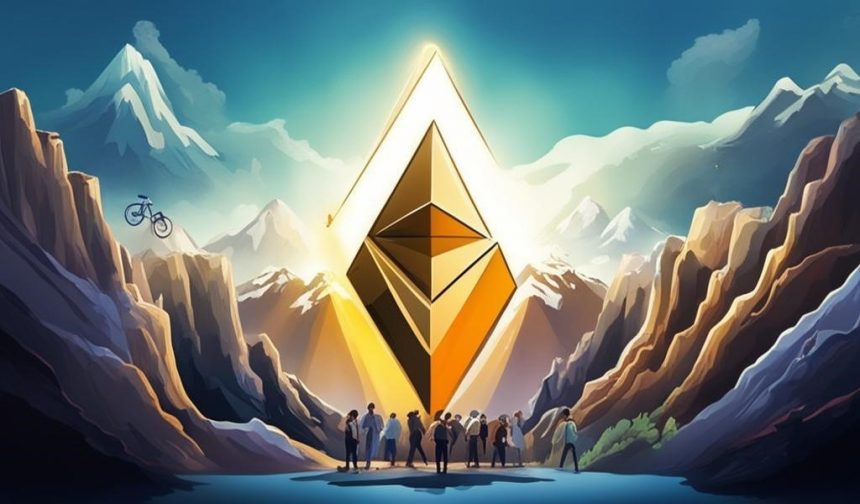Introduction
In the world of digital assets, Bitcoin holds the spotlight, but Ethereum (ETH) stands tall as the second-largest cryptocurrency. While it may not be as popular as its counterpart, ETH offers significant value and has carved a niche in the industry.
What is Ethereum?
ETH as an Ecosystem
Ethereum is more than just a digital token. It is an open-source blockchain platform that powers decentralized applications (dApps), smart contracts, and the emerging field of decentralized finance (DeFi).
Unlike Bitcoin, which primarily serves as a store of value, Ethereum acts as a foundation for a wide range of blockchain-based solutions.
Proof-of-Stake Consensus
Ethereum has recently transitioned from a proof-of-work (PoW) consensus mechanism to proof-of-stake (PoS). This change has made the network more secure and energy-efficient.
In PoS, validators stake their ETH to secure the network and earn rewards instead of using powerful computers to solve complex puzzles as in PoW.
Key Use Cases of Ethereum
- Decentralized Finance (DeFi): A new financial ecosystem built on Ethereum that empowers users to engage in financial activities without intermediaries.
- Decentralized Autonomous Organizations (DAOs): Self-governing entities that use smart contracts to manage their operations and decision-making.
- Smart Contracts: Self-executing agreements that run on the Ethereum blockchain, automating tasks and removing the need for traditional contracts.
- Non-Fungible Tokens (NFTs): Unique and indivisible digital assets that represent ownership of virtual or physical items.
- Decentralized Applications (dApps): Applications built on the Ethereum blockchain that offer a wide range of functionality.
Understanding Ethereum’s Functioning
FAQ
What is a blockchain?
A blockchain is a digital ledger that records transactions in an immutable and transparent manner. Each transaction is linked to the previous one, forming a secure and tamper-proof record.
What is a smart contract?
A smart contract is a self-executing agreement stored on the blockchain. It automates tasks and removes the need for traditional contracts.
What is a decentralized application (dApp)?
A dApp is an application built on the blockchain that operates independently of any central authority.
Ethereum’s Future Outlook
Experts predict a bright future for Ethereum due to its robust ecosystem, constant upgrades, and expanding use cases.
Price Predictions
While price predictions can be volatile, analysts project that ETH will continue to grow in value over the next decade.
By 2030, ETH is expected to reach a maximum of $20,500, according to CoinDCX.
Can Ethereum Outperform Bitcoin?
While speculating on the future of cryptocurrencies is challenging, it is possible that ETH could outperform Bitcoin in certain aspects.
ETH has a wider range of applications, and its uncapped supply makes it a potential competitor to Bitcoin’s dominance in terms of market capitalization.
Conclusion
Ethereum has established itself as a major player in the cryptocurrency market. Its unique blockchain, innovative use cases, and promising future outlook make it a compelling investment option for those seeking diversification in their digital asset portfolio.
As the blockchain industry matures and demand for decentralized solutions grows, Ethereum is poised to play a vital role in shaping the digital currency landscape.
Credit and copyright: BITboosters












